The habit of learning. Book Review: Atomic Habits by J. Clear
In his book Atomic Habits, James Clear describes what everyone would like to achieve: becoming a better person by changing your habits and therefore your identity. As students as well as teachers, we want to get into a better habit of learning. According to him, becoming 1% better in something everyday will change who you are in the long run. These 1% changes are what he calls Atomic Habits. Additionally, by thinking of the system you have to change instead of the goals you want to fulfil, you gradually change yourself to be a better person. Do you not smoke because you are trying to quit or because you are not a smoker? Changing the system is the key to changing yourself.
By thinking of yourself what kind of person you would like to be, you automatically picking up corresponding habits. These habits form your identity over time:
Every action is a vote for the type of person you wish to become.
James Clear, Atomic Habits, 41.
The habit of learning
So let’s say I want to study for my next exam. I can force myself into a schedule of learning, repeating and remembering until the exam starts and is over. More often, I will forget what I have learned for that exam immediately afterwards. Or: I can choose to become a good learner and learn not to pass the exam, but to establish a habit of learning which in the long run will transform me into a better student (who passes his or her exams).
If we struggle with learning new things and always tell ourselves that we do not have the time for that, then something is going wrong. We need to make time for that. As YouTuber and productivity nerd Ali Abdaal once told somewhere, you choose not to have the time to learn something. It is your decision to do something else. Habits can help here and it is a combination of breaking the habits that we do not need and making the habits that we aspire.
Breaking and making habits
Clear also writes about forming and breaking habits. By recognising the habit loop: Cue, Craving, Response and Reward. So for example: in the morning you wake up and feel tired (cue). You want to be awake (craving) and therefore make yourself a cup of coffee (response). As a result you feel awake (reward). By repeating this process over and over again, waking up will become associated with drinking coffee, even if you are not that tired. By understanding that, you can actively create habits by encouraging this habit loop (make it obvious, easy) or break habits by making it hard.
The rest of the book describes different tactics on how you can make or break your own habits. By describing in detail his four laws (make it 1. Obvious, 2. Attractive, 3. Easy and 4. Satisfying) Clear offers good tools for understanding the process of habits and the habit loop. In the end, he closes with some short Buddhist wisdoms that reinforce his theories on habits, productivity and life in general.
Recommendation
I genuinely can recommend the book. It is well written and offers some interesting views on how to handle habits. Good ones as well as bad ones. Applying the theories to my own life definitely helped me to get into the habit of writing regularly (for example for this blog). I also think that his views perfectly explain why services like Habitica (or Gamification in general) work so well. By playing with your cues, cravings, responses and rewards you can actively manipulate yourself (in a good way) and even understand how other people or companies try to manipulate you (in a bad way).
James Clear also writes a blog at https://jamesclear.com/ with more in-depth articles about productivity, habits, health and performance.








